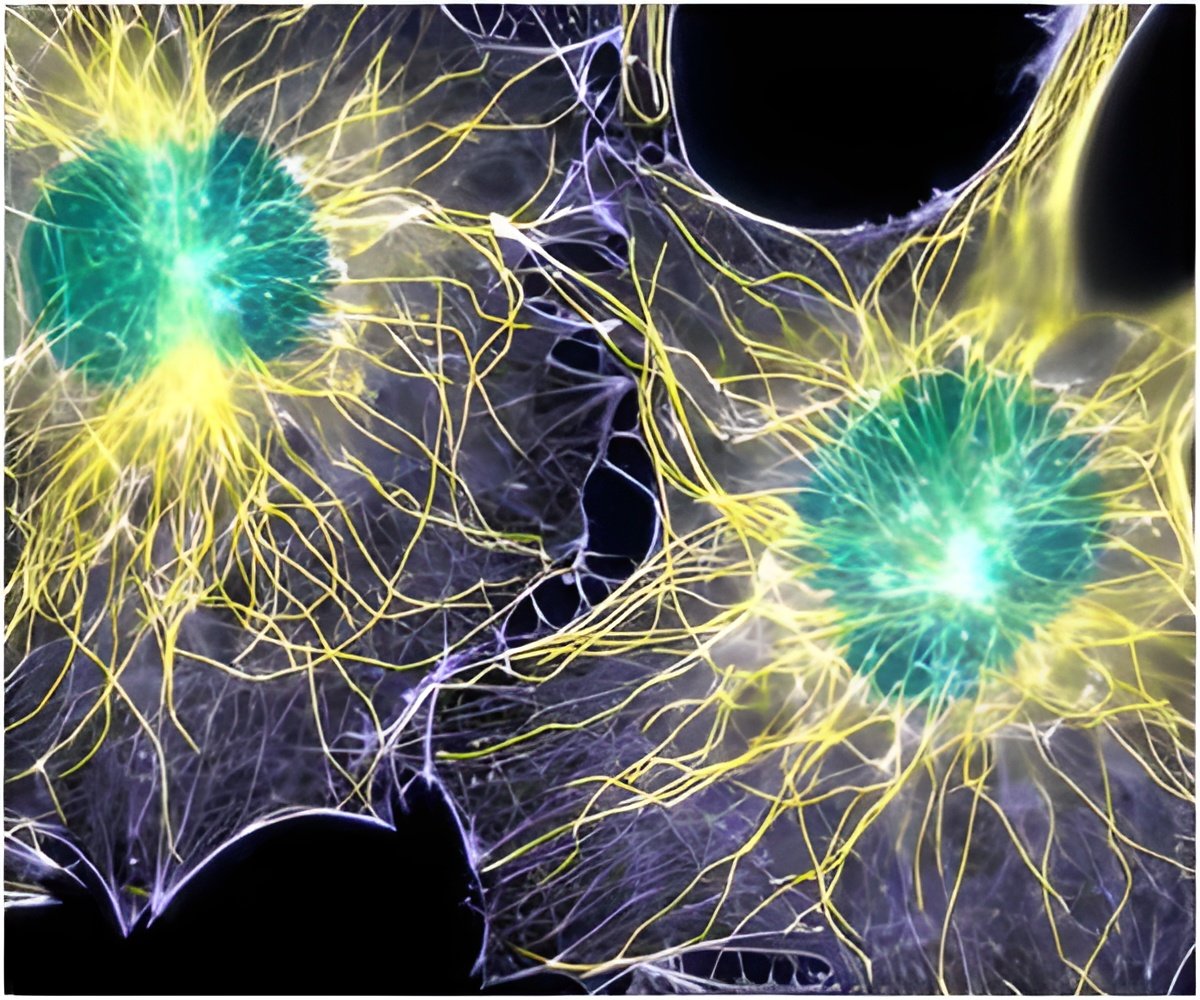
Researchers used a combination of genetics and cryo-electron tomography to image the infection process. It is similar to a CT scan, but it is scaled to study objects a thousand times thinner than human hair, the journal Science Express reports.
They show that when searching for its prey, the virus briefly extends - like feelers - one or two of six ultra-thin fibres it normally keeps folded at the base of its head, according to a Texas statement.
Once a suitable host has been located, the virus behaves a bit like a planetary rover, extending these fibres to walk randomly across the surface of the cell and find an optimal site for infection.
At the preferred infection site, the virus goes through a major change in structure in which it ejects some of its proteins through the bacterium's cell membrane, creating a path for the virus's genetic material to enter the host.
After the viral DNA has been ejected, the protein path collapses and the infected cell membrane reseals.
Advertisement
For example, researchers now know that most of the fibres are usually bound to the virus head rather than extended, as was previously thought. This is also the first time that scientists have made actual images showing how the virus's tail extends into the host - the very action that allows it to infect a cell with its DNA.
Advertisement
Source-IANS











